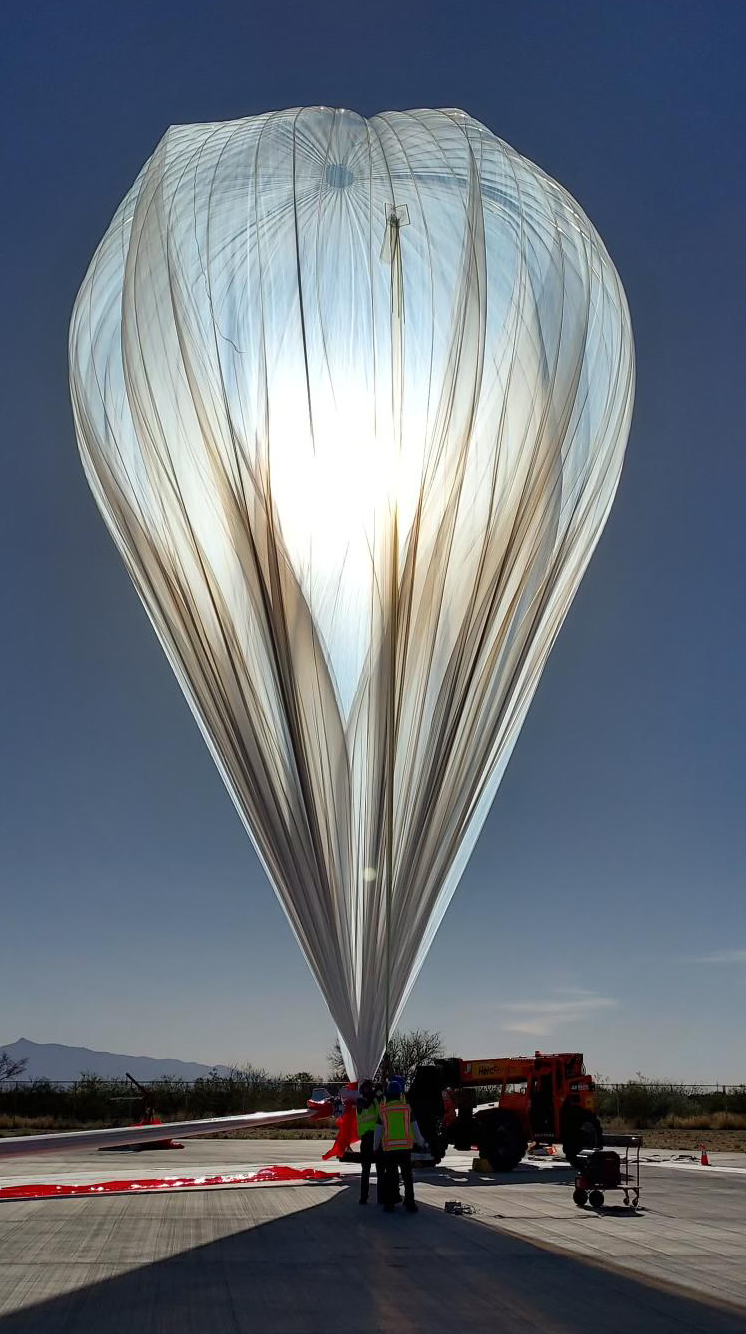The Simulation Engineering Branch is known for developing high-fidelity engineering simulations that can support various research phases ranging from conceptual studies through flight testing as well as providing a research tool that enhances the quality, quantity, and feasibility of the research objectives. This branch provides an engineering service that is positively recognized by its customers for its responsiveness, quality and productivity.
Research Aircraft Integration Facility
The key to ground test operations in the Research Aircraft Integration Facility (RAIF) is the ability to perform real-time operations with the actual flight vehicle, simulating the in-flight environment while remaining on the ground. Testing in the RAIF is carried out through automated techniques in which each aircraft is interfaced to a high-fidelity, real-time simulation. The process is controlled by an engineering workstation that establishes initial conditions for the test, initiates the test run, monitors its progress, and records and stores generated data. The workstation also analyzes results of individual tests, compares results of multiple tests, and produces reports.
Simulation computers used in the automated, aircraft-testing process are also capable of operating in a stand-alone mode with a fixed-base laboratory cockpit, complete with its own instruments and controls. Development and modification of control laws; qualification of aerodynamic, propulsion and guidance models; and flight planning functions traditionally associated with real-time simulation also can be carried out in this manner.
Workstations provide test engineers with computer-aided test tools, minimizing the time required to qualify new flight software. Laboratories within the RAIF can be linked to Armstrong’s mission control rooms and other facilities. This gives researchers and engineers real-time comparisons of flight and simulation results and allows for immediate clearance of flight test points. This same capability also provides realistic training for mission controllers.
Simulation
Simulation systems in the RAIF support many configurations for each project, with varying levels of aircraft hardware included. Simulations are used for a variety of research purposes such as generating and capturing frequency responses and time histories, conducting redundancy management tests, failure modes and effects tests, and pilot evaluations. Simulations also support pilot training, flight-research mission planning and report writing.


































